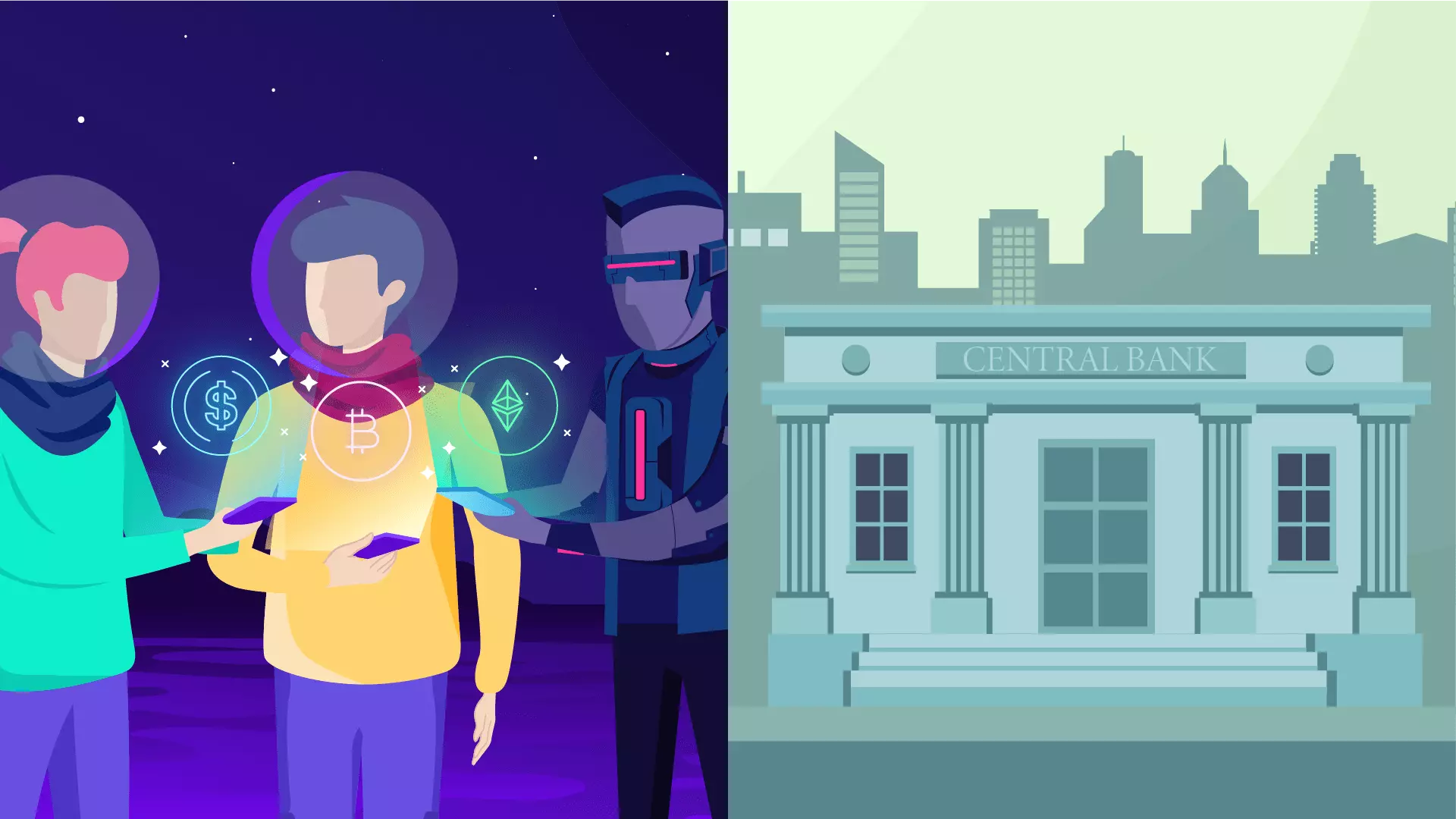cripto.Blockchain: a new way to organize information. Mother, child and genesis blocks. The importance of mining. Bitcoin, the origin of the crypto universe.

When we talk about blockchains we are referring to a particular way of organizing information, usually in a database format, with the distinctive characteristic that the data contained in a blockchain are arranged in successive blocks, each connected to the former.
Each block can hold a certain amount of information, and is identified by an alphanumeric number generated by a hash function. Hash functions are a type of cryptographic algorithm that creates a specific alphanumeric identifier for that piece of information. Bitcoin, for example, uses the SHA256 algorithm, while Ethereum uses Ethash.
In the event that the information in a block is altered, even in the slightest, the identifier will also be modified. In this way, the hash number allows us to know if a certain set of information has undergone any changes or manipulations.
In a blockchain, each “child block” contains the hash of the previous block, which we can call its “mother block.” This mother block is also the child of another block, and thus a chain is generated that refers to the first block, also called “genesis block”, which is the only one that does not contain hashes of previous blocks.
Each block added to the chain was processed, accepted, and incorporated throughout the network in a process known as mining. Therefore, any change to a mother block generates a cascade effect that is transmitted to all subsequent blocks and forces anyone who wants to modify a pre-existing block to validate (mine) the entire chain again.
This means that the longer a blockchain is, the more computing power is required to mine it again. Therefore it is more difficult to change. In short, the longer a blockchain is, the harder it is to rewrite.

Blockchains and cryptocurrencies share their origin in the development of Bitcoin, which gave rise to countless opportunities.
Bitcoin, the first blockchain
The first blockchain was Bitcoin, and therefore it appeared at the same time and shares its creator: Satoshi Nakamoto. If you want to know more about the development of Bitcoin and how its blockchain works, you can read this chapter of our Bitcoin Guide.
Since the public appearance of Bitcoin in 2009, the ideas and uses around blockchains became popular in such a way that theirs was replicated to be used in a lot of new cryptocurrencies and even for other tasks that we will review in this same guide.
Despite being the first, the Bitcoin blockchain is not the only one. Every cryptocurrency that appeared later had its own. This was the case until the appearance of Ethereum, which created a type of platform that allows cryptocurrencies to be created by sharing the same blockchain. If you want to know more about the technology behind Ethereum, we recommend you see this section of our Ethereum Guide.
Characteristics of blockchains
Immutability, decentralization and privacy are the three key concepts that enable all the benefits that blockchains offer when operating.

As a way of recording information, blockchains have many particular characteristics that are disruptive and allow us to think about new ways of storing data. However, there are three fundamental features: that they are immutable, that they work in a decentralized way, and that they preserve the private data of their users.
immutability
The data stored in a blockchain is immutable: it does not change on its own nor can it be modified. The difficulty involved in rewriting an entire blockchain makes adding data easy, but modifying existing data almost impossible. Unless someone controls 51 percent of the network’s hashing power, which is practically impossible, as we will see in the next chapters of this Guide.
New data can only be added to the chain after solving some type of cryptographic proof, and therefore after being approved by all members of the network. This process is known as “mining”, and that is why those who validate transactions and add them to the block are called miners and receive compensation for their work: a certain value in the cryptocurrency of the network they are mining.

The characteristics of the blockchain give greater resilience, security, stability and privacy to operations.
decentralization
The blockchain is decentralized because there is not a single core that manages all the information, but rather each node in the network has the same copy of the blockchain, which is kept updated automatically.
The Bitcoin blockchain, for example, keeps a public ledger of transactions between addresses. But in networks like Ethereum, the blockchain also functions as a global, distributed and decentralized computer that allows you to run a particular type of software known as smart contracts.
privacy
The most used and popular blockchains are public: their data can be reviewed by any user, and no one’s permission is needed to participate in the network. However, the private data of its users does remain hidden. The only information relevant to the network is the addresses that carry out the operations and the amounts or terms of the agreement. No document, marital status or country of residence is required.
There are also private blockchains, such as the XRP cryptocurrency. They are generally rejected by the community because they are more centralized, since to participate in them requires authorization from the company, community or entity in charge. Although for information or financial services this is not ideal, for other types of uses, such as business logistics, a private blockchain can be a good solution.
Decentralization vs centralization
In the new paradigm, networks are distributed using open source software, rather than controlled by companies, governments and institutions.

The decentralization of value is a concept that refers to the multiplicity of projects that create, move, transfer or fix value through open, collaborative and intermediary-free technology. The first example is Bitcoin, but it is enough to see the developments that other cryptocurrencies have had in the last decade to understand what it is about.
The power of cryptocurrencies lies in the fact that no company, government or institution regulates their growth and development, but rather it is a product of the consensus of the communities that participate in each project. The value of decentralization is incalculable, as it allows a form of horizontal social relationship, based on knowledge and enthusiasm for the creation of disruptive projects.
The case of the evolution of the cryptocurrency ecosystem is one of the clearest examples. In principle, only Bitcoin existed, but being an open source software with a distributed model allowed the creation of a lot of new cryptocurrencies that followed its example.
Among these projects, Ethereum appeared, which in turn gave rise to the possibility of having smart contracts running on a blockchain, which recently allowed the origin of the DeFi or decentralized finance movement, where each project is interoperable with the others, in a layer of completely decentralized financial services, without central authority or the need to obtain permissions to participate.

The new economy allows people to regain control of their transactions, their savings and their investments.
A paradigm shift
It is enough to review the entire capitalization of Bitcoin and Ethereum, or the amount of money circulating in DeFi, to understand the real and potential value of decentralization.
This means a radical paradigm shift with respect to the centralized model, as it demonstrates that it is possible to achieve consensus and financial agreements even between unknown people, without any contact with each other.
Furthermore, it is an example of the disruptive power that cryptocurrencies have as they become a financial tool capable of reaching people left aside by the traditional financial system.
In that sense, we are faced with one of the most amazing wealth redistribution tools in history.

